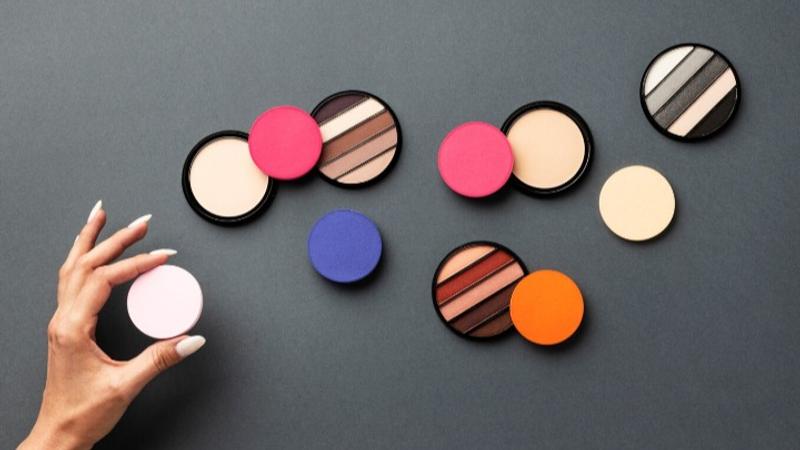Published 10:59 IST, May 29th 2024
Colour Corrector Guide: How To Use This Makeup Product For A Smooth Finish
Using colour correctors can significantly improve your makeup routine by providing a smooth, even finish.

Colour correctors are a fantastic tool in your makeup arsenal, designed to address and neutralise various skin imperfections, such as redness, dark circles, and dullness. By understanding how to use these products effectively, you can achieve a flawless and smooth finish. Here's a comprehensive guide on using colour correctors to enhance your makeup routine.
Understanding colour correctors
Colour correctors work on the principle of colour theory, where opposite colours on the colour wheel cancel each other out. Different shades of colour correctors target specific skin issues

Green - Neutralises redness from acne, rosacea, or irritation.
Peach/Orange - Cancels out blue or purple undertones in dark circles, particularly effective for medium to deep skin tones.
Pink - Brightens and counteracts dark circles and dullness, ideal for fair to light skin tones.
Yellow - Neutralises purple or dark under-eye circles, suitable for light to medium skin tones.
Lavender - Corrects yellow or sallow undertones, brightening the skin and adding radiance.
How to use colour correctors
Prepare your skin
Begin with a clean, moisturised face. Applying a primer is also advisable as it creates a smooth base and helps your makeup last longer. Hydrated skin ensures that the correctors blend seamlessly and do not look cakey.
Apply the corrector
Using a small brush or your fingertip, apply the corrector to the areas that need attention. Remember, a little goes a long way. Dab the product gently and build up coverage if necessary. Here’s how to target specific concerns:
Redness - Use a green corrector around the nose, on blemishes, or any red patches. Dab lightly to cover the area without spreading it too thin.
Dark circles - Apply peach, orange, or pink correctors under the eyes. Focus on the inner corners where darkness is most prominent.
Dullness - Use a lavender corrector on the cheeks or forehead to brighten a sallow complexion.
Purple/blue veins - Apply yellow corrector on areas where veins are visible or where the skin appears purple.

Blend gently
Blending is key to ensuring a natural look. Use a damp makeup sponge or brush to gently blend the corrector into your skin. The goal is to neutralise the discoloration without completely covering it with thick layers of product.
Apply foundation
After blending the colour corrector, apply your foundation as usual. Opt for a foundation that offers buildable coverage and apply it with a brush or sponge. Start with a thin layer and add more if needed, focusing on achieving a smooth and even complexion.
Conceal if necessary
If some discoloration is still visible, apply a light layer of concealer that matches your skin tone over the corrected areas. Blend well to ensure a seamless finish.
Set your makeup
To ensure your makeup stays in place, set it with a translucent powder. This step helps prevent creasing and keeps your face looking fresh throughout the day.
Updated 11:20 IST, May 29th 2024



